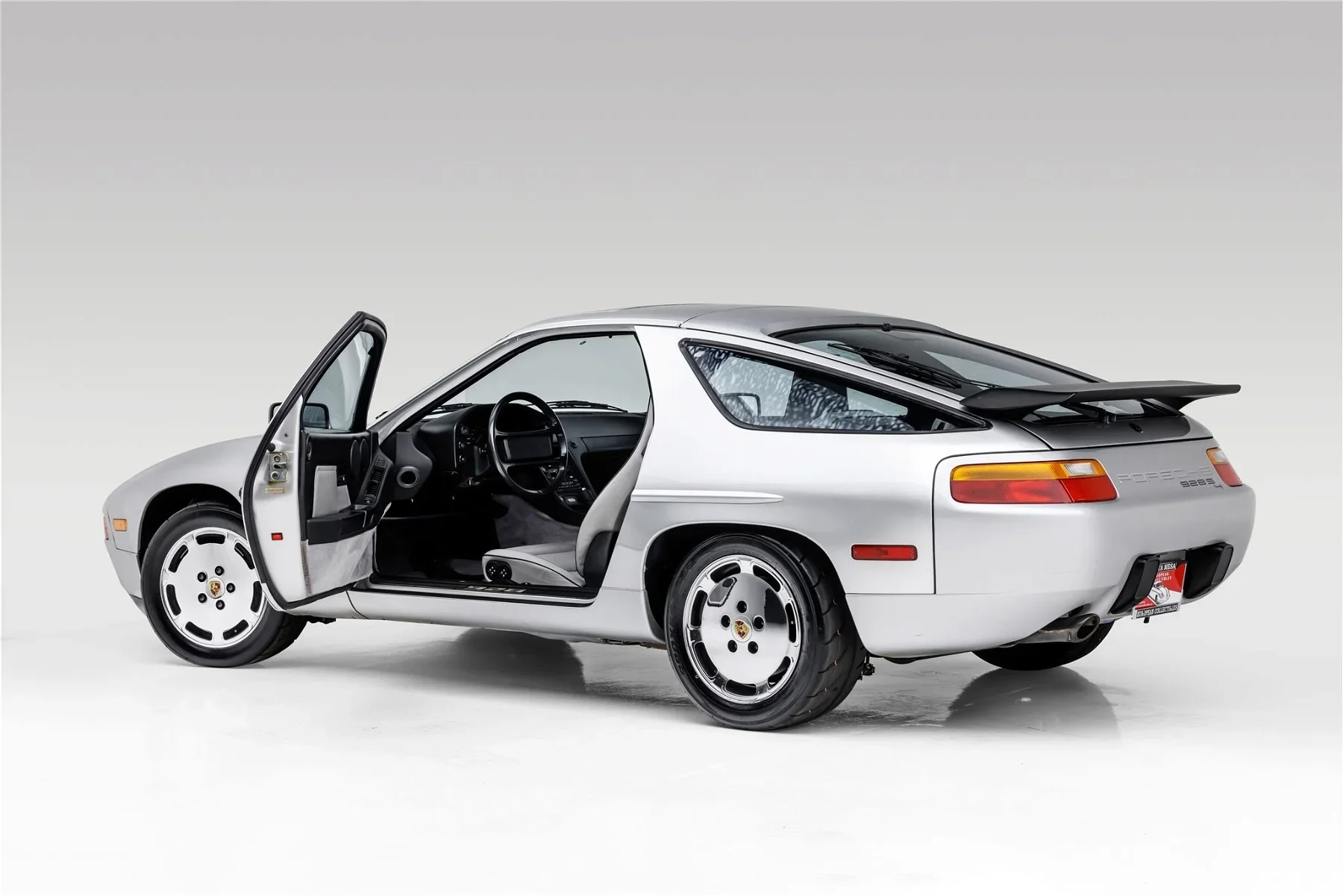
From 1987 to 1991, the Porsche 928 S4 was probably the most comfortable car from Stuttgart Zuffenhausen. It also came with a major design revision of Porsche’s top model. Whilst its GT/GTS siblings had already increased in price considerably, the 928 S4 is considered as somewhat of a “smart buy”. Find out why this is the case and which problem areas you should look out for when checking one in the Elferspot Porsche 928 S4 buyer’s guide!
After the Porsche 928 had hardly been changed in its original form since model year 1978, it was time for a makeover with the introduction of the Porsche 928 S4. From model year 1987, the previously recessed rear headlights were flush with the rear end. The small, three-part spoiler of the 928 S became a fixed, one-piece rear wing on the Porsche 928 S4.
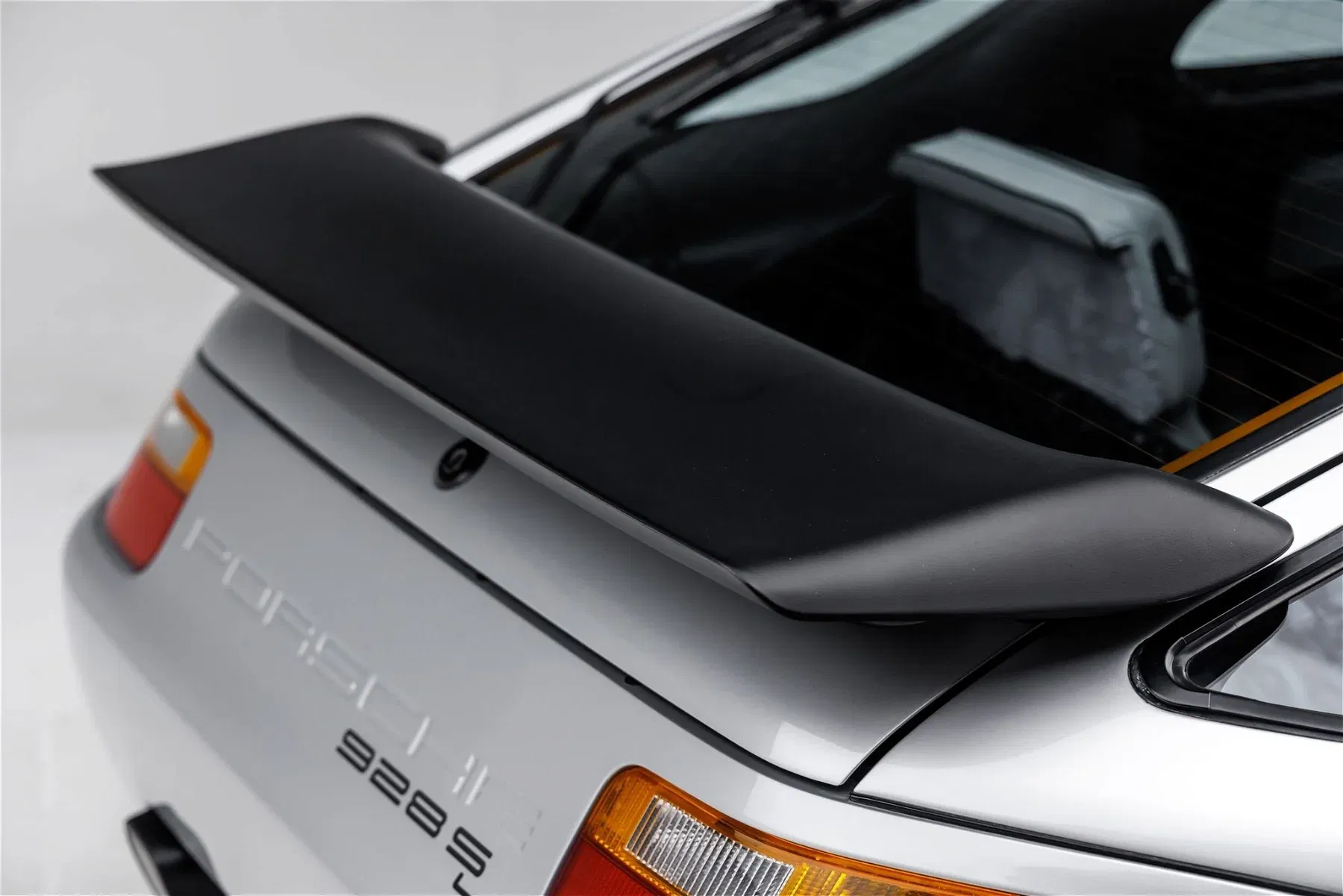
Porsche also made lasting changes to the front end. While the apron of the predecessor tapered upwards towards the wheel arch, the 928 S4 was given a modern, integrated design with a small lip at the bottom. The three individual auxiliary lights separated by black bezels also gave way to a continuous unit. The new styling reduced the drag of the transaxle V8 by more than ten per cent.
But the exterior changes were by no means everything. The engine in the Porsche 928 S4 was also revised. Although the bore and stroke, i.e. the displacement, remained identical, Porsche used four-valve technology and two overhead camshafts for the first time in the 928. With 320 hp and 430 Nm, the S4 thus produced 10 hp and 30 Nm more than the 928 S. In combination with the improved aerodynamics, this made the Porsche 928 S4 a real sprinter, whose acceleration only ended at 168 mph (164 mph with automatic transmission).
The Porsche 928 S4 has been visually modernised and impresses with its timelessly elegant design. © Ryan Friedman
At that time, it was typical for Porsche to adapt vehicles between model years. This was also the case with the 928 S4. Just one year after its launch, i.e. for the 1988 model year, the standard equipment was upgraded. The new, electronically controlled cruise control replaced the previous vacuum-controlled system. In addition, all Porsche 928 S4s received the new electric seat adjustment and an improved speaker package at the change of model year.
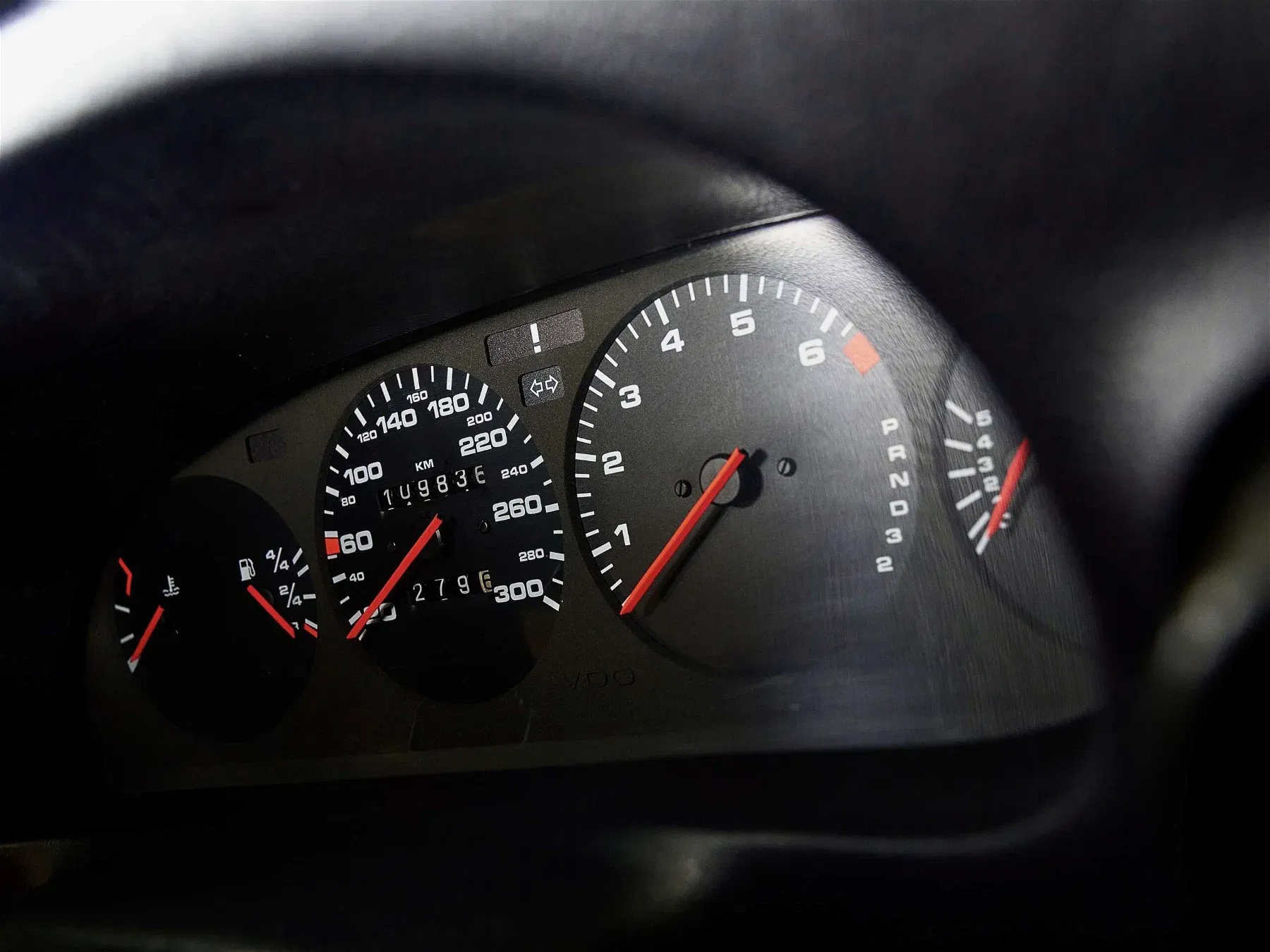
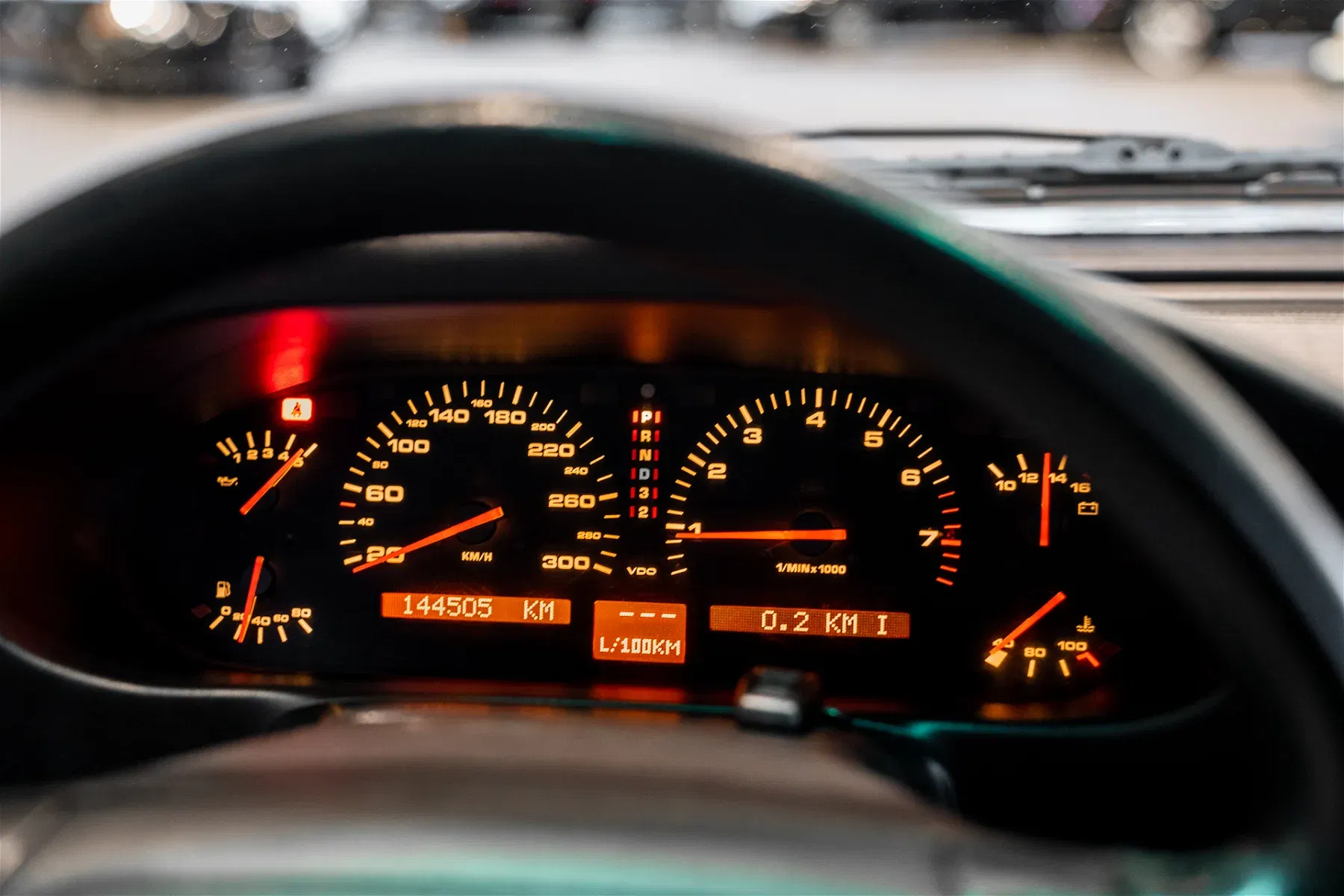
The 1989 model also saw some technical changes. An LCD display in the instrument cluster below the speedometer showed a wealth of information. It was also used for onboard diagnostics in the Porsche Centres. A tyre pressure monitoring system was even used for the first time in a production vehicle. The fact that this technology has been mandatory for new EU vehicles since 2012 shows just how far ahead of its time Porsche was.
At the turn of the year 1989/1990, Porsche cancelled the manual gearbox on the S4. From then on, it was only available with a 4-speed automatic transmission. In 1990 and 1991, only details were adapted. For example, three-point seat belts on the rear seats, a new handbrake handle and a return to the analogue clock.
The Porsche 928 is considered to have exemplary protection against rust. Its doors, wings and bonnet are made of aluminium, the bumpers of plastic. The rest of the body is fully galvanised. However, this does not mean that Porsche 928s do not rust/corrode, or only where poor repairs have been made. Over the decades – we are talking about more than 30 years, even for the youngest Porsche 928 S4 – some critical points have become apparent.
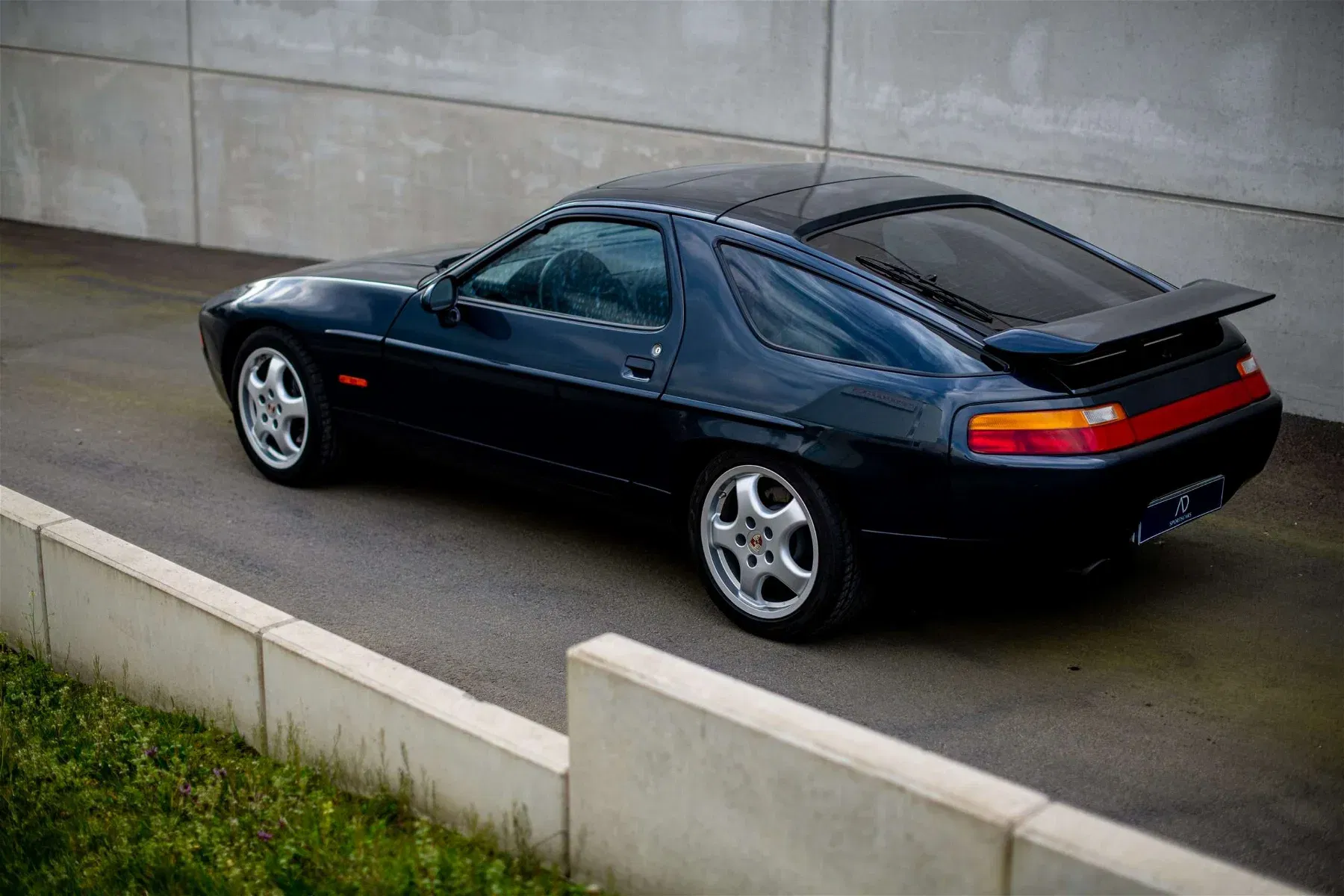
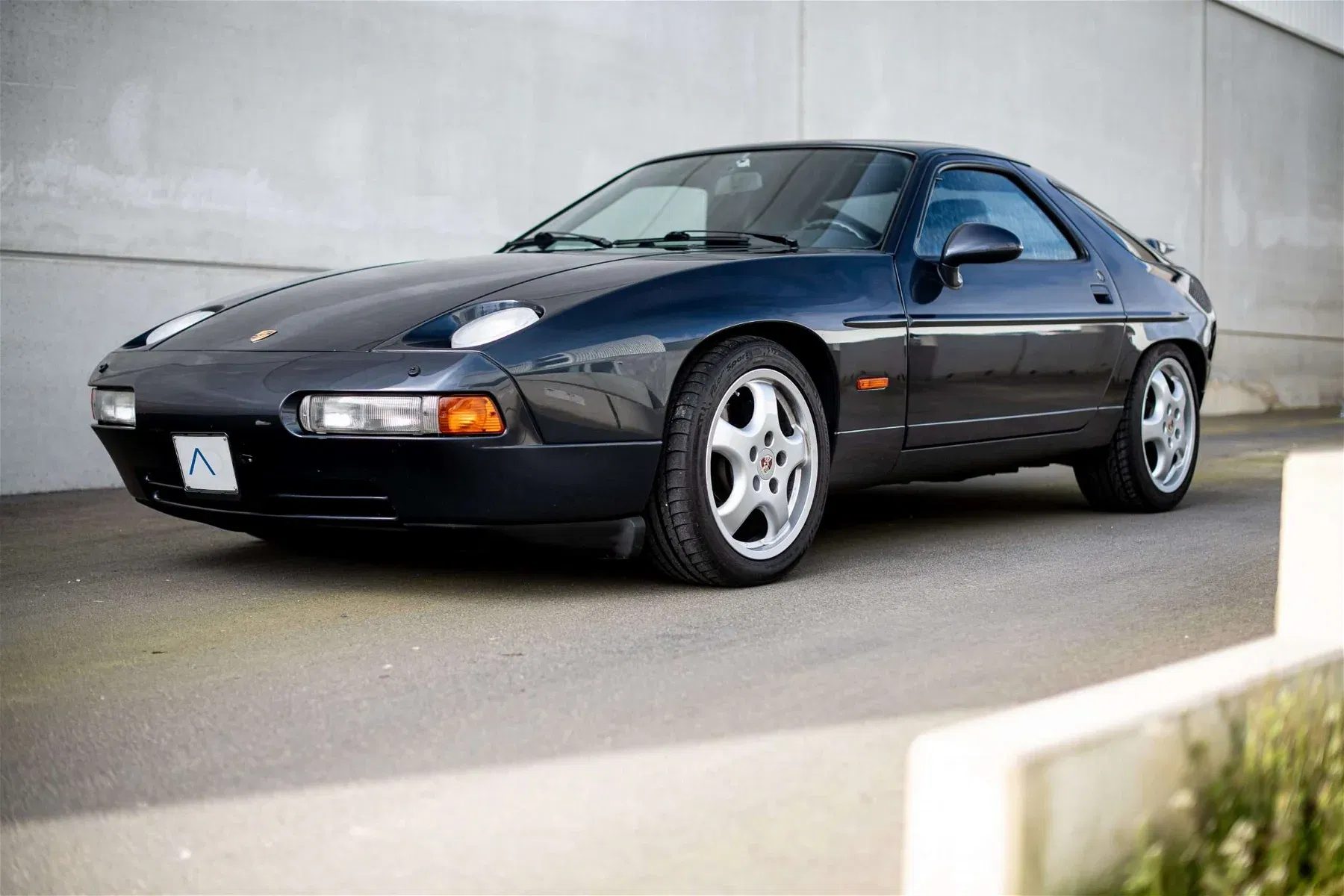
A look under the cover strips on the windscreen frame is therefore urgently required. It can bloom here just as concealed as in the frame of the rear side windows. Vehicles with a sunroof should also be inspected more closely. Defective seals and blocked drains cause water ingress and, in the worst case, rust.
The very large cut-out for the glass dome requires a very oddly shaped seal. And this circumferential rubber seal shrinks over the years and usually leaves a gap above the lock. Water and exhaust odours then enter the interior unhindered. The bonding of the rear window frame also loosens over time and allows water to penetrate unhindered. It is therefore essential to lift the boot carpets and check the side pockets behind the rear wheels for moisture. We also recommend a thorough inspection of the battery box.
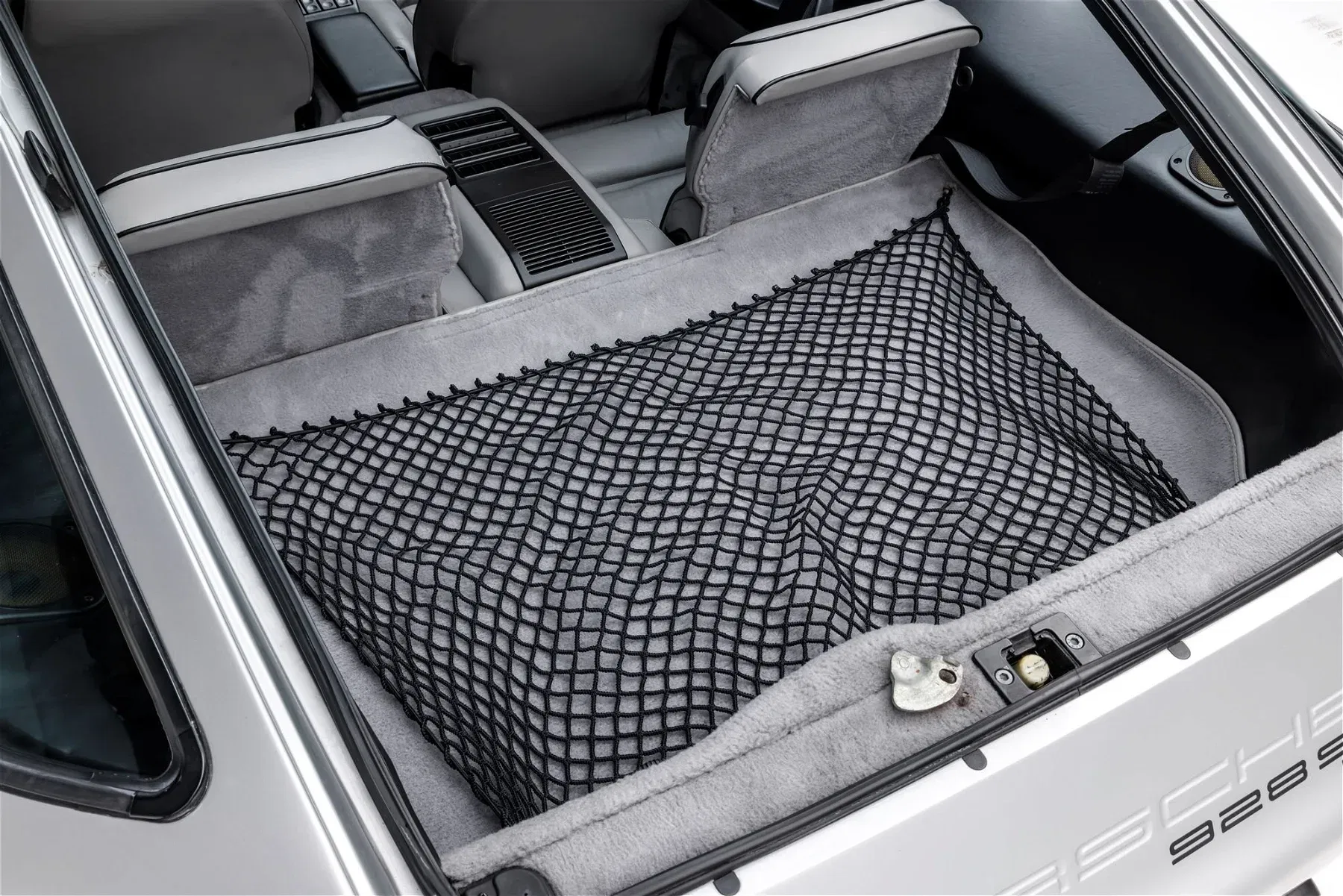
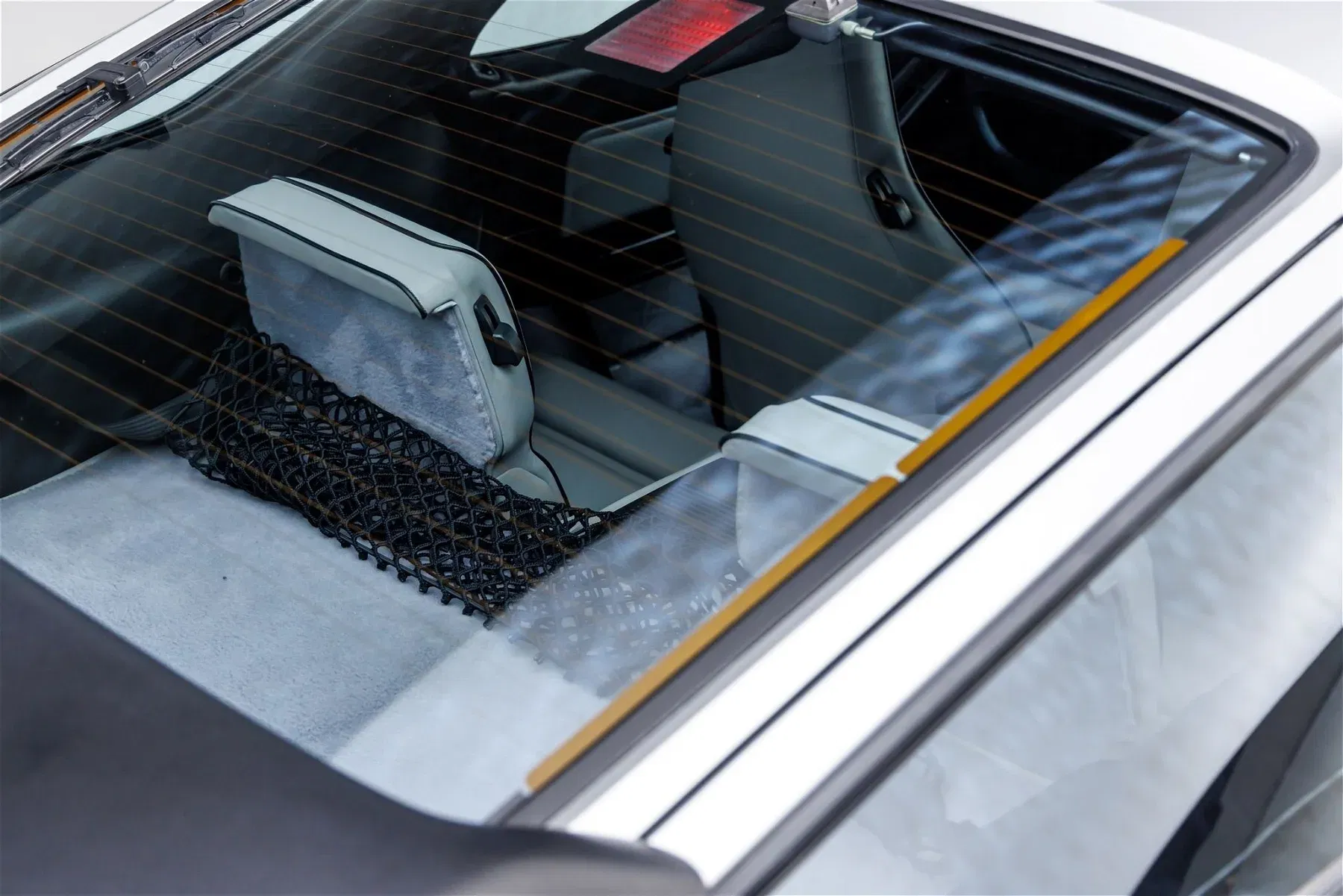
Other possible corrosion nests include: Doors around the mirror base and on the lower edge, sills, jacking points, handbrake cable grommet, front wings around the side indicators, underside of the B-pillar in front of the rear wheel arch, tank filler pillars, tank retaining plate and fuel lines around the fuel filter.
Due to its shape, the Porsche 928 always has to contend with stone chips at the low front end. As a result, the bonnet, front bumper and wings are often repainted, as is typical for Porsches. If differences in color can be seen between the body parts on the transaxle of desire, the cause may also lie in the materials. Extreme UV radiation can cause the paint on the galvanised steel body to show different signs of ageing than on the plastic bumper. A paint measurement will provide information as to whether the paint is original or not.
You should take a look at the doors’ rubber seals as soon as you get in. These often crack and therefore leak. Anyone who then takes a seat behind the wheel of a Porsche 928 S4 will find a timeless cockpit with superbly contoured seats and a completely self-explanatory layout. It is astonishing that this design is now almost 50 years old. After all, the interior was designed in the mid-70s. However, the layout was so advanced that only minimal adjustments were made until the 1990s.
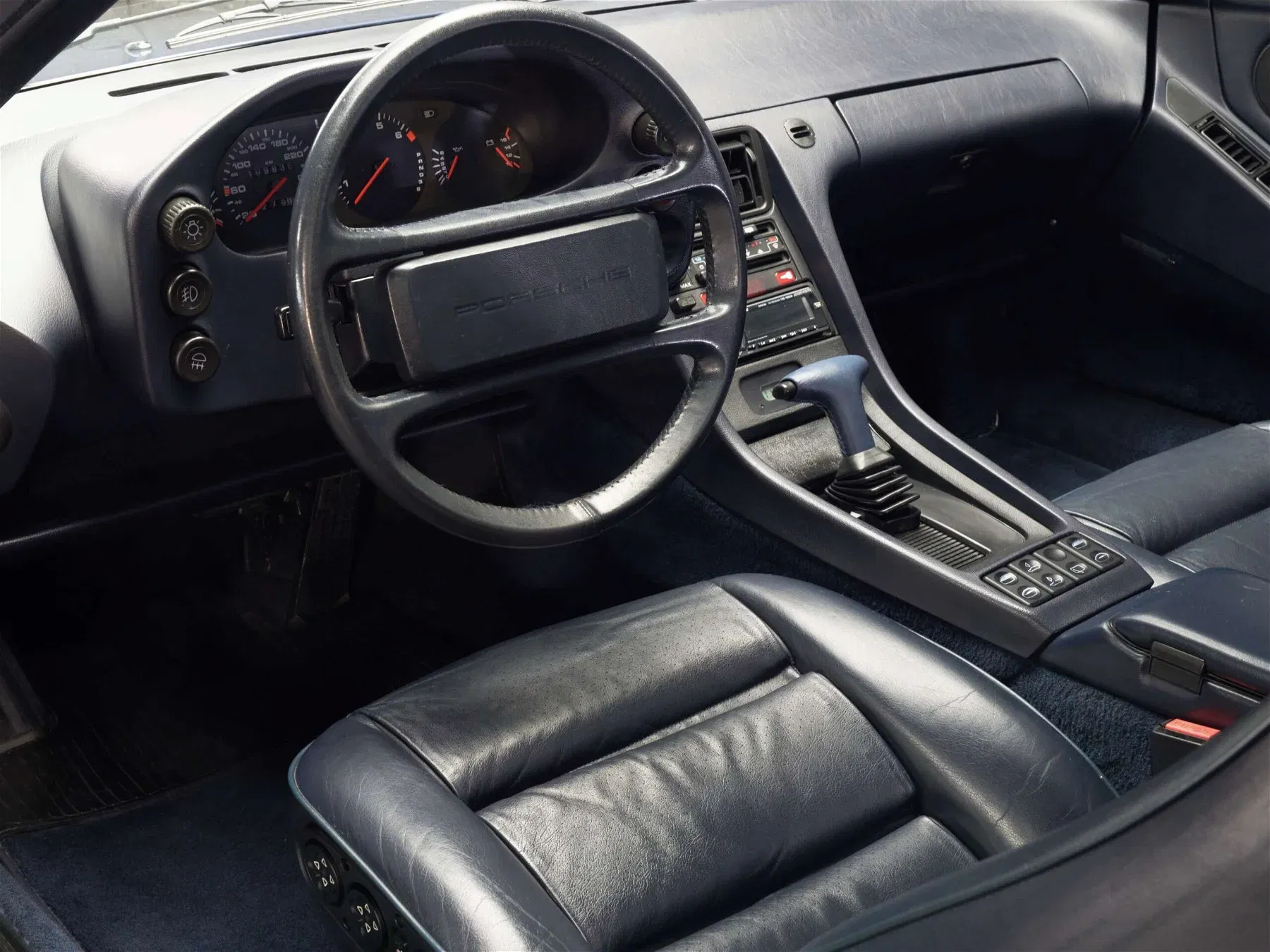
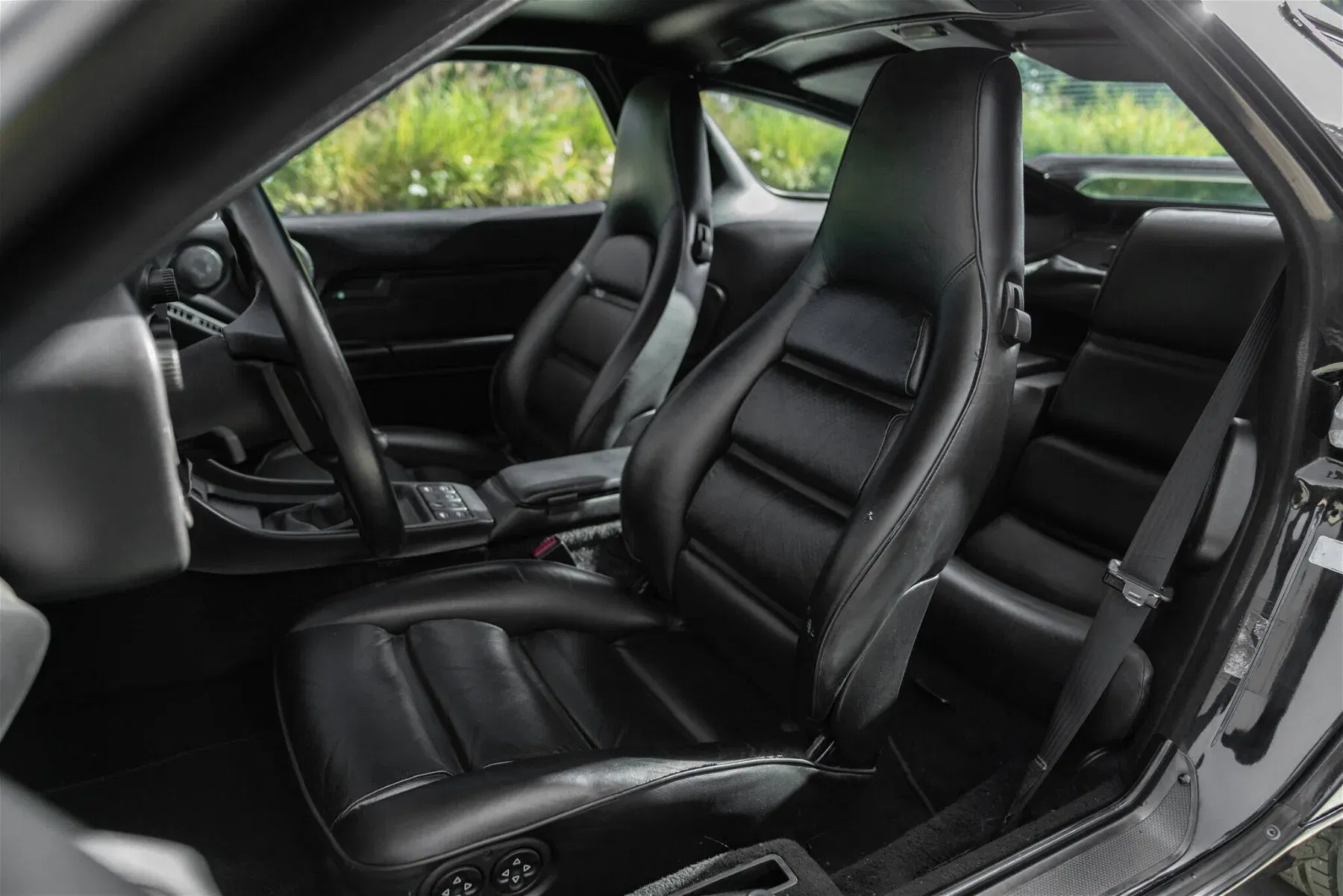
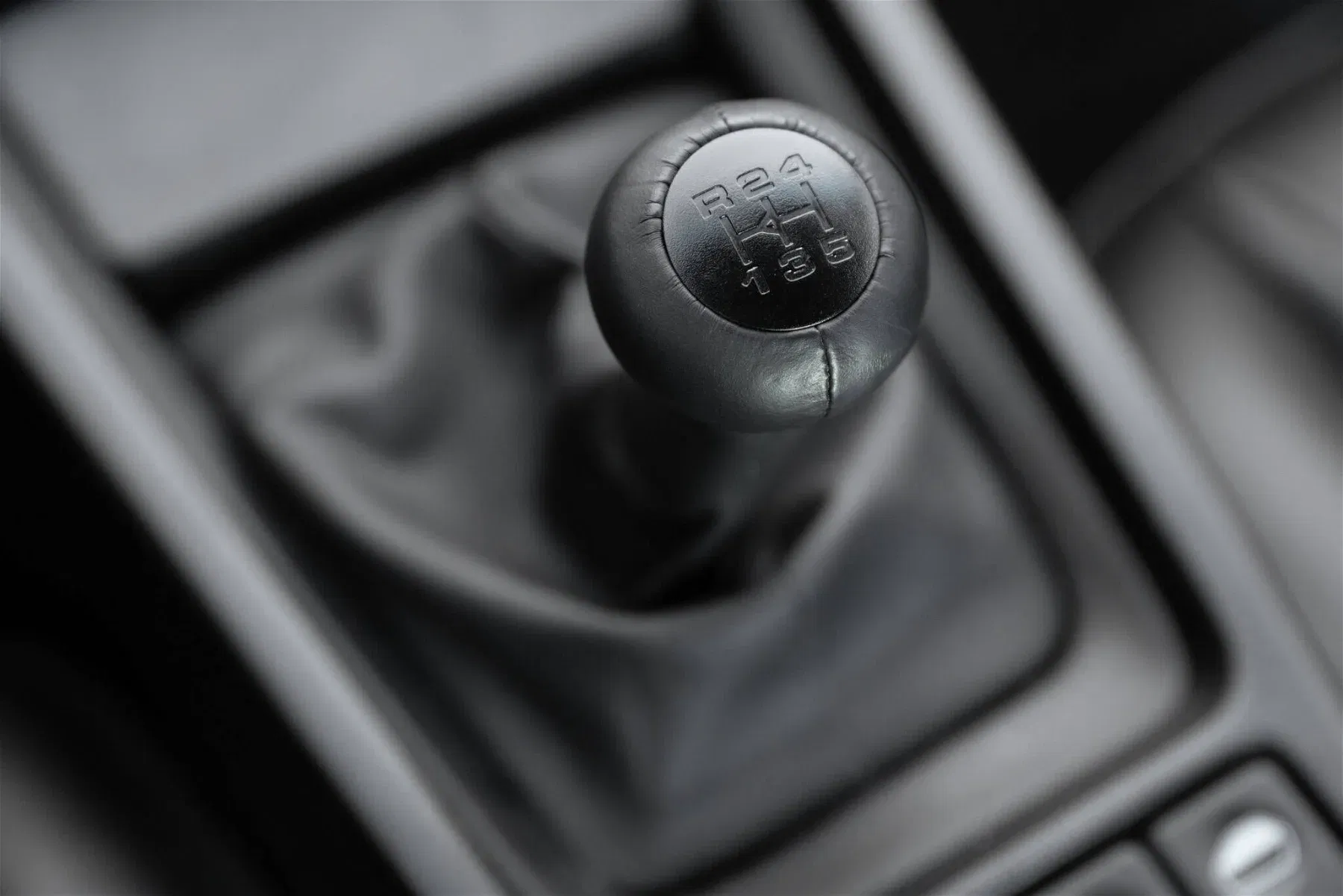


But it’s not just the design that has stood the test of time very well. The interior quality is also very good compared to its contemporary rivals. However, as many 928s have a high mileage, a certain amount of wear and tear cannot be avoided. Like the 924 and 944, the Porsche 928 also suffers from occasionally cracked dashboards. In addition, the headliners lose their shape so that they no longer fit perfectly. Moisture ingress accelerates the whole thing.
If you hear rattling noises in the interior of a Porsche 928 S4, this can have many causes. One reason could be the shrunken seals mentioned in the body area. The tailgate seal in particular is a well-known culprit. If it shrinks, a gap is created above the lock, through which noise also enters the interior. In addition, the screw connections of the window regulator motors are known to loosen over the years and cause rattling noises.
The electrics are certainly the one thing that gives most prospective buyers of a Porsche 928 S4 a bit of a headache. This is because the entire model series has a reputation for having a very high level of electronic complexity – for the time – which can become its Achilles’ heel. For this reason, a functional test of all electrical components and comfort functions is a must on the pre-purchase checklist and therefore also an important part of the Porsche 928 S4 Buyer’s Guide.
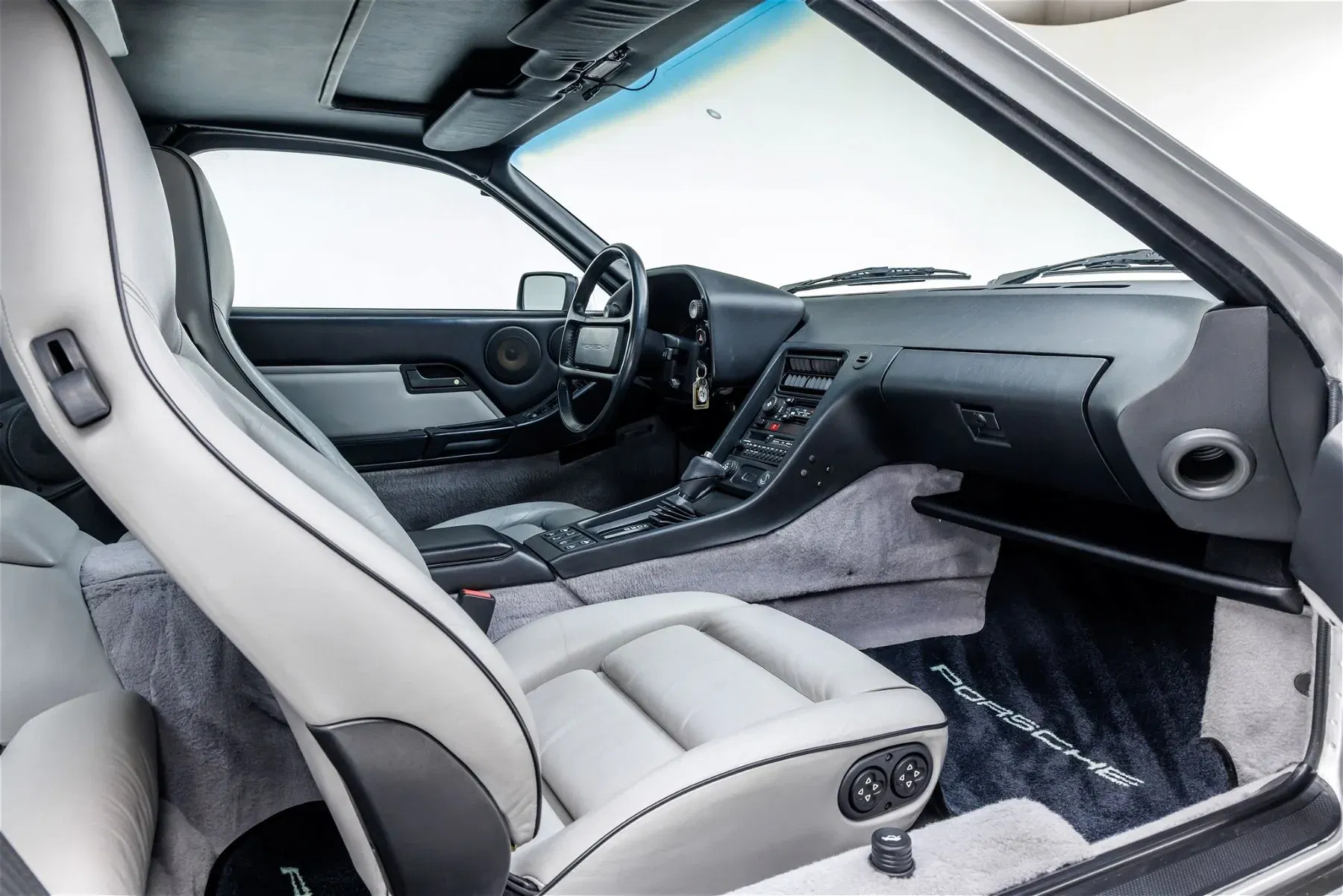
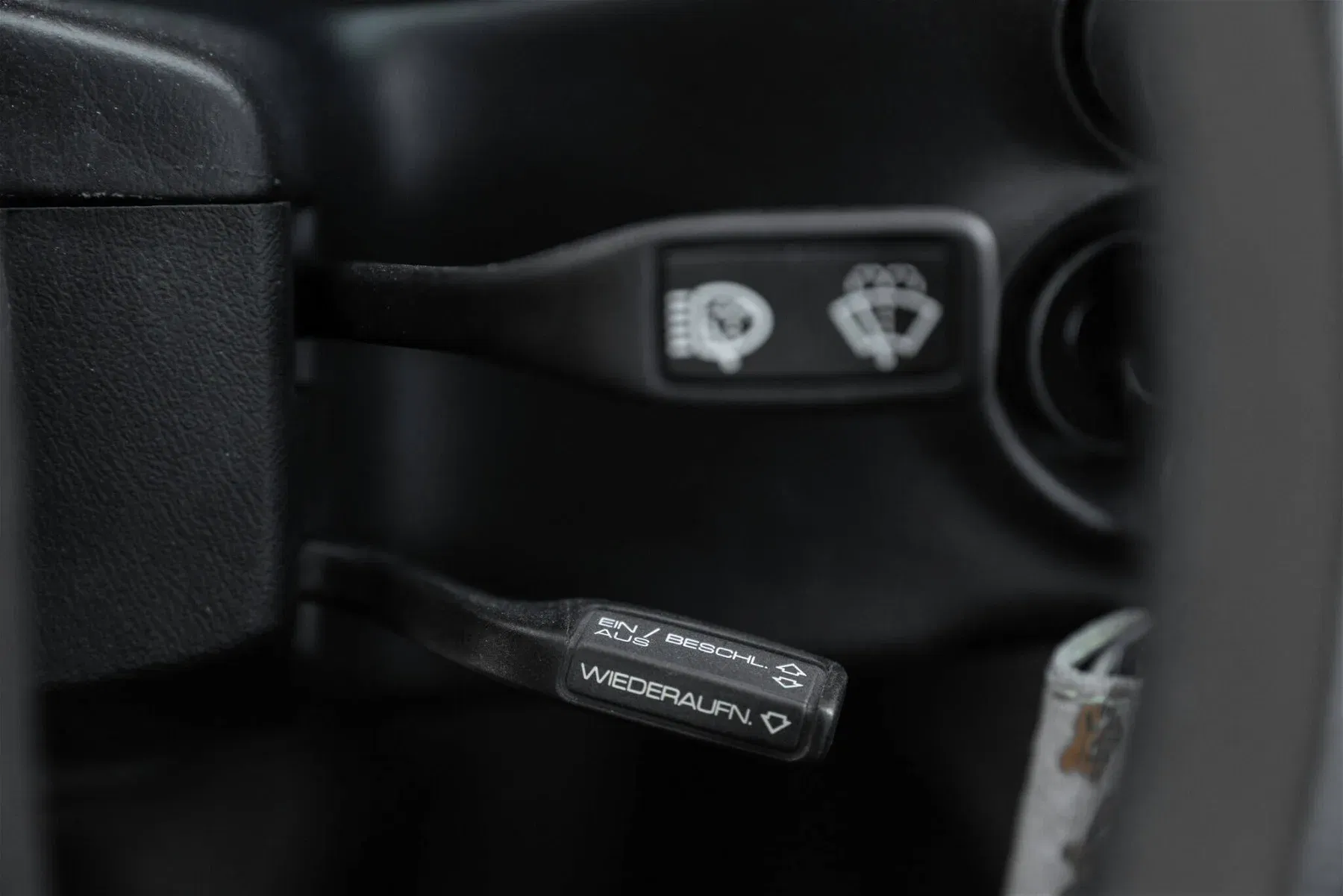
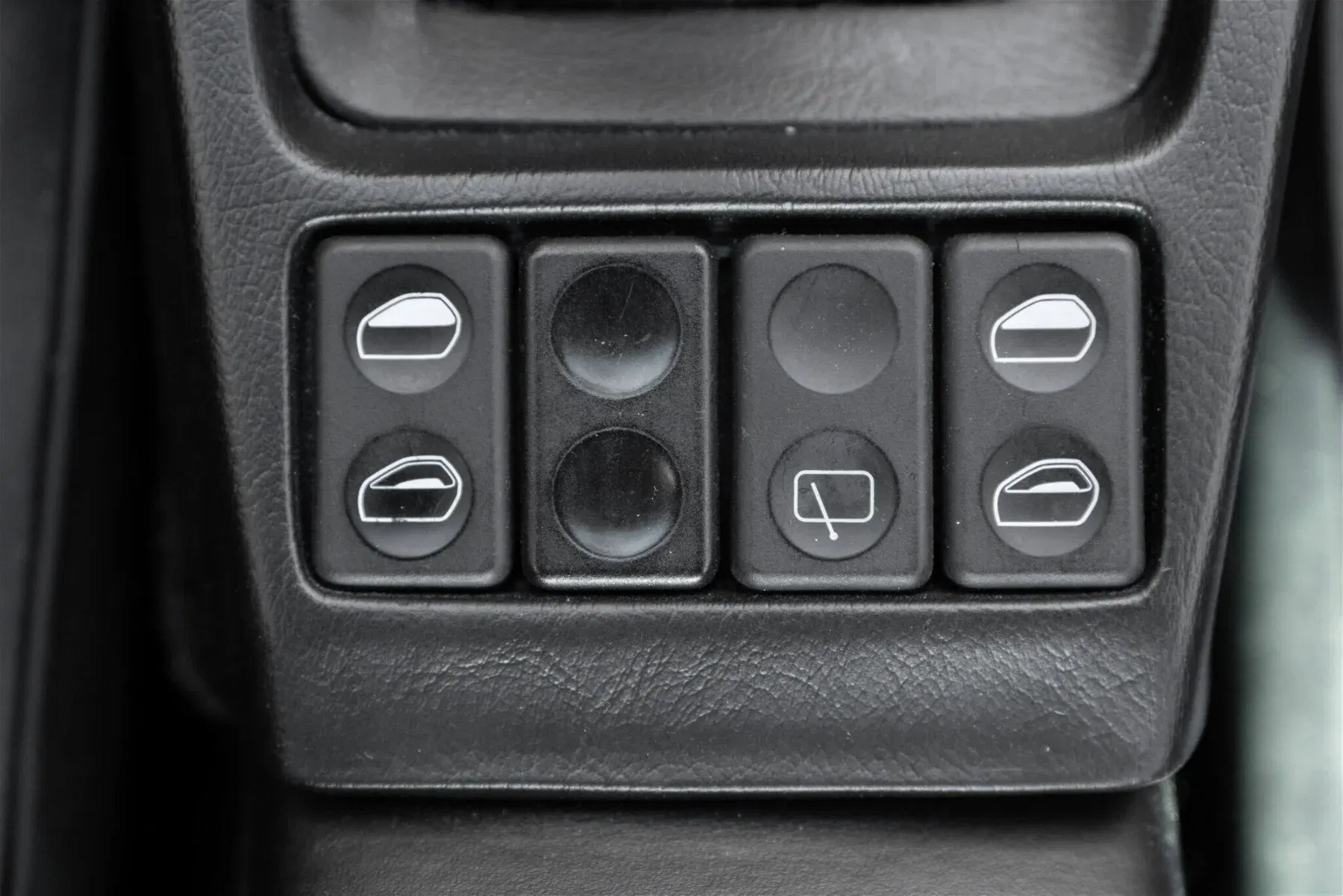
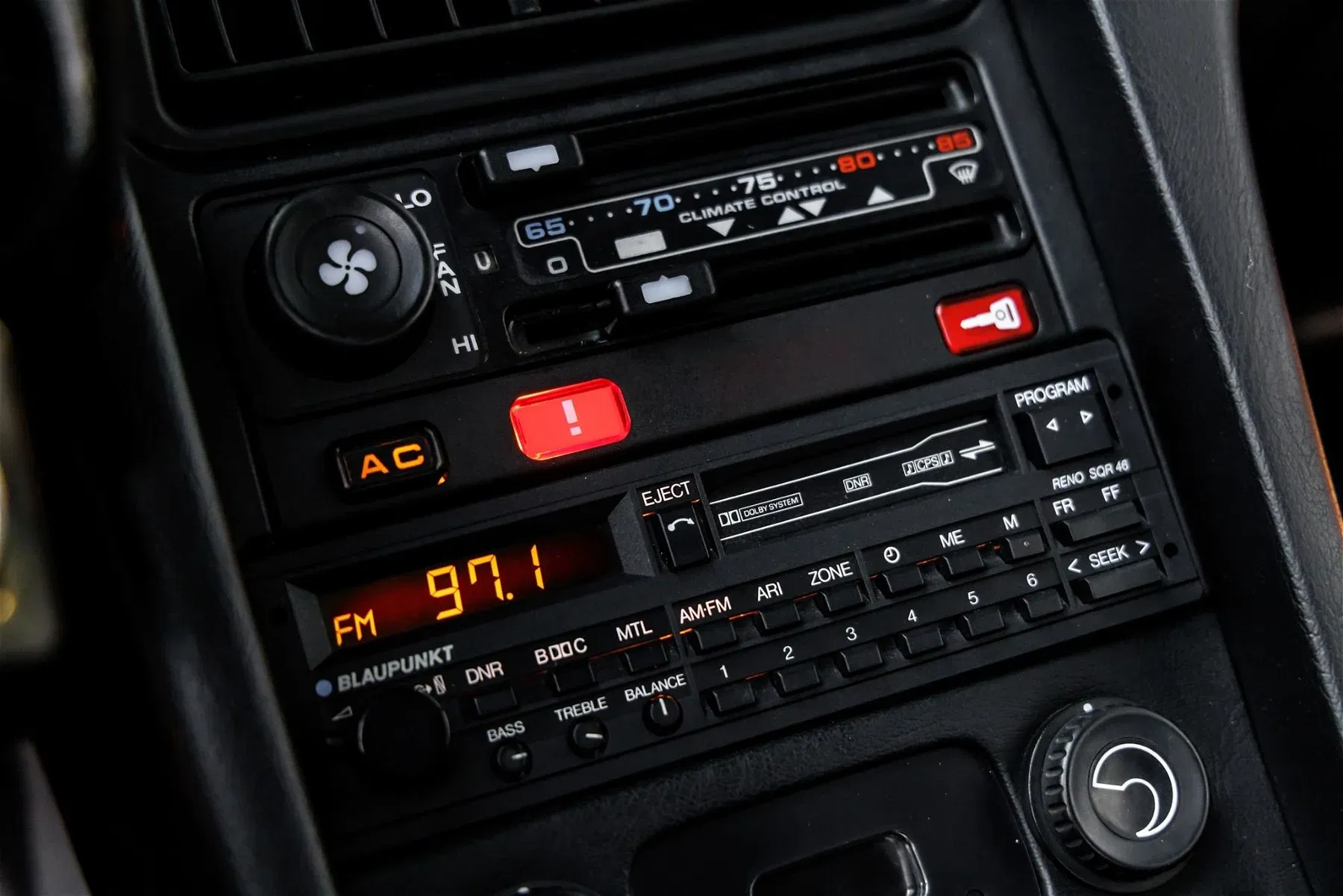
From electric seat height adjustment to speedometer lighting, central locking, power window motors and electric tailgate opening, all buttons should be tested. Do all the speakers still work? Does the interior lighting go out by itself? Now that the vehicle is almost 40 years old, the copper cable sheathing loses its flexibility and can become brittle. Soldered joints can also give way. Result: Partially loose contacts, intermittent faults that only occur sometimes or only at certain temperatures. The search is time-consuming and therefore expensive.
The air conditioning system also needs attention. This is because the blower motor of the interior temperature sensor – located behind the two air vents at the top right of the center console – sometimes goes on strike. If no interior air is drawn in here, the temperature control in the interior no longer works properly. Simple test: With the ignition switched on, hold a small piece of paper in front of the slots. If it is sucked towards the vents and remains in place, there is no problem. If it falls down, the engine is faulty. However, air conditioning compressors and condensers are also often worn out in older vehicles.
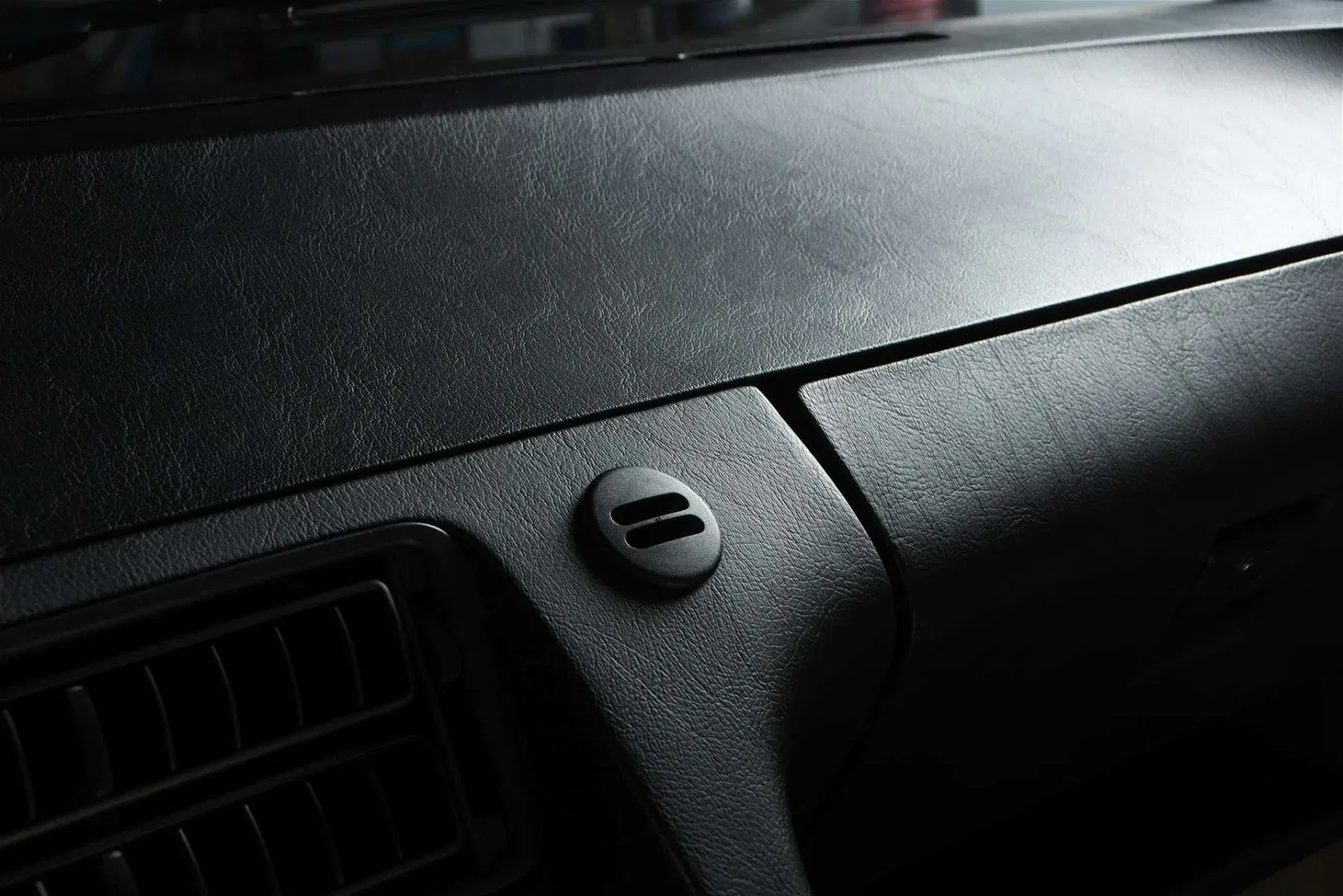
If the side windows of a Porsche 928 S4 only move up and down slowly, the window regulators may be the culprit. It is often sufficient to clean and grease them. If nothing happens, however, things get complicated again. As there are some parts which are not easily available anymore. The Porsche 928 also uses a large number of proprietary connectors. These become brittle and sometimes cannot be removed without destroying them and are also difficult to obtain as individual parts.
But there are a few more problem areas and much-cited “electrical gremlins”. For example, a defective ignition lock can cause a Porsche 928 S4 not to start or suddenly cut out. If the windshield wipers do not work at all or not at the correct intervals, this may be due to the corresponding relay. By the way: these are often the cause of electrical problems, as are faulty fuses. However, if several problems occur at the same time and neither relays nor fuses are the cause, a thorough check of the grounding connections is required.
If several electronic faults occur simultaneously but the fuses and relays are intact, this is often due to faulty ground connections.
The speedometers with their multifunction displays from model year 1989 onwards also regularly cause headaches. Defective bulbs for instrument lighting affect most 928s at some point. There are over 30 bulbs in total. It is advisable to proactively replace all of them once the speedometer has been removed. However, defective solder joints and broken cables also frequently cause failures. This is partly due to the instrument panel, which can be adjusted with the steering wheel. Unfortunately, regular movement is not good for old copper cables in the long term.
A Porsche 928 S4 requires a particularly expert hand when it comes to faults in its electronics. © AD Sportscars
The engine control unit is another well-known problem that should not be left out of any Porsche 928 S4 buyer’s guide. The Bosch LH2.3 control units are generally not considered to be the most reliable. A defect can, for example, mean that the fuel pump relay does not switch and therefore no fuel enters the engine. One man’s sorrow can of course be another man’s joy at this point. Because if you can invest a lot of time and know-how yourself, you could make a bargain with a Porsche 928 S4 with electrical problems. But beware: it can also become a bottomless pit!
Porsche’s 5-liter V8 engine with the code M28/41 (automatic version: M28/42) is essentially a robust companion. However, the 320 hp eight-cylinder engine needs regular attention in order to achieve high mileages. In addition to the necessary oil changes including filters, particular attention should be paid to the timing belt, water pump and tensioning pulleys. Their replacement intervals are 50,000 miles or six years at the latest. A timing belt change 5,000 miles ago is therefore worth nothing if it was carried out eight years ago.
Minor oil leaks at the valve covers are not the end of the world and relatively inexpensive to fix. In general, however, the V8 engines in the Porsche 928 S4 are not known for excessive incontinence. Even coolant loss does not necessarily have to result in expensive repairs. Provided there is no exhaust gas or even oil around the coolant, there is a good chance that the problem can be solved by replacing the cap on the expansion tank.

Not surprising for vehicles of this age: the engine mounts are often worn out. Excessive, noticeable vibrations throughout the vehicle are the result. Checking and, if necessary, replacing old fuel lines is also highly relevant to safety. For example, the connecting line between the cylinder heads. It is under high pressure and can become brittle or cracked as a result of normal ageing processes. There is even a risk of fire here!
Both transmission variants are mechanically robust and designed for high mileage. The manual gearbox offers a slightly sportier touch, but the 4-speed automatic harmonizes excellently with the 5.0-litre V8. Depending on the intended use, it is probably even the better choice. Apart from regular clutch wear, there is little to complain about with the manual gearbox. The 928 S4 clutch is even considered the clutch of choice for retrofitting older models. However, replacing the clutch on a Porsche 928 is generally not an inexpensive undertaking and can quickly run into the mid four-figure range.
While vehicles with automatic transmission are normally less affected by engine damage, the opposite is true of the Porsche 928 S4. Bent flexplates can cause thrust bearing damage
Nevertheless, the automatic Porsche 928 S4 can have problems caused by the drivetrain that can lead to serious engine damage. The so-called flexplate is located between the engine and transmission. It is designed to compensate for axial displacements of the torque converter so that not too much force is exerted on the crankshaft. However, this flexplate can bend over the years due to the high pressure from the transmission and transaxle shaft.
This causes the crankshaft to move forward in the engine. This creates increased pressure on the so-called thrust bearing. The bearing is located in the middle of the crankshaft and prevents axial play of the crankshaft – i.e. movement to the front or rear. These bearings wear out due to the high pressure. If they are completely worn out, the result is a major bearing failure and therefore engine damage. The flexplate should therefore be checked for excessive tension or bending at every major service.
Porsche 928 S4s have 304/299 mm brake disks with black 4-piston fixed callipers. These are known for reasonable stopping power and generally very reliable. Apart from wear and tear, there are rarely any problems. However, it is worth checking that all wear sensors are connected. These send a signal to the dashboard as soon as a certain level of wear is reached. Some forums recommend that the sensors should not be fitted in the pad at all, as they trigger too early and are very expensive. Discs and pads, on the other hand, are relatively inexpensive and can be replaced quickly.
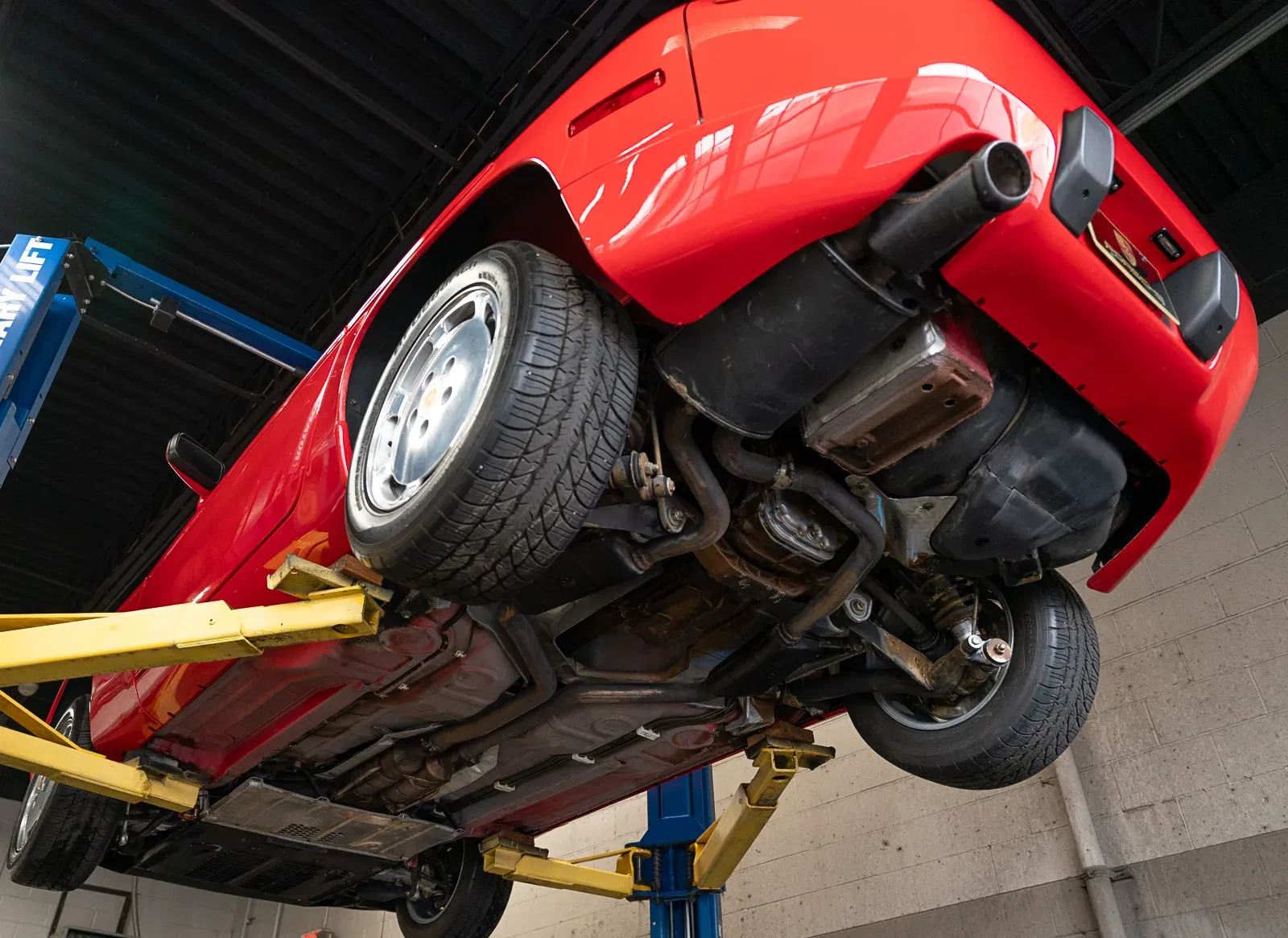
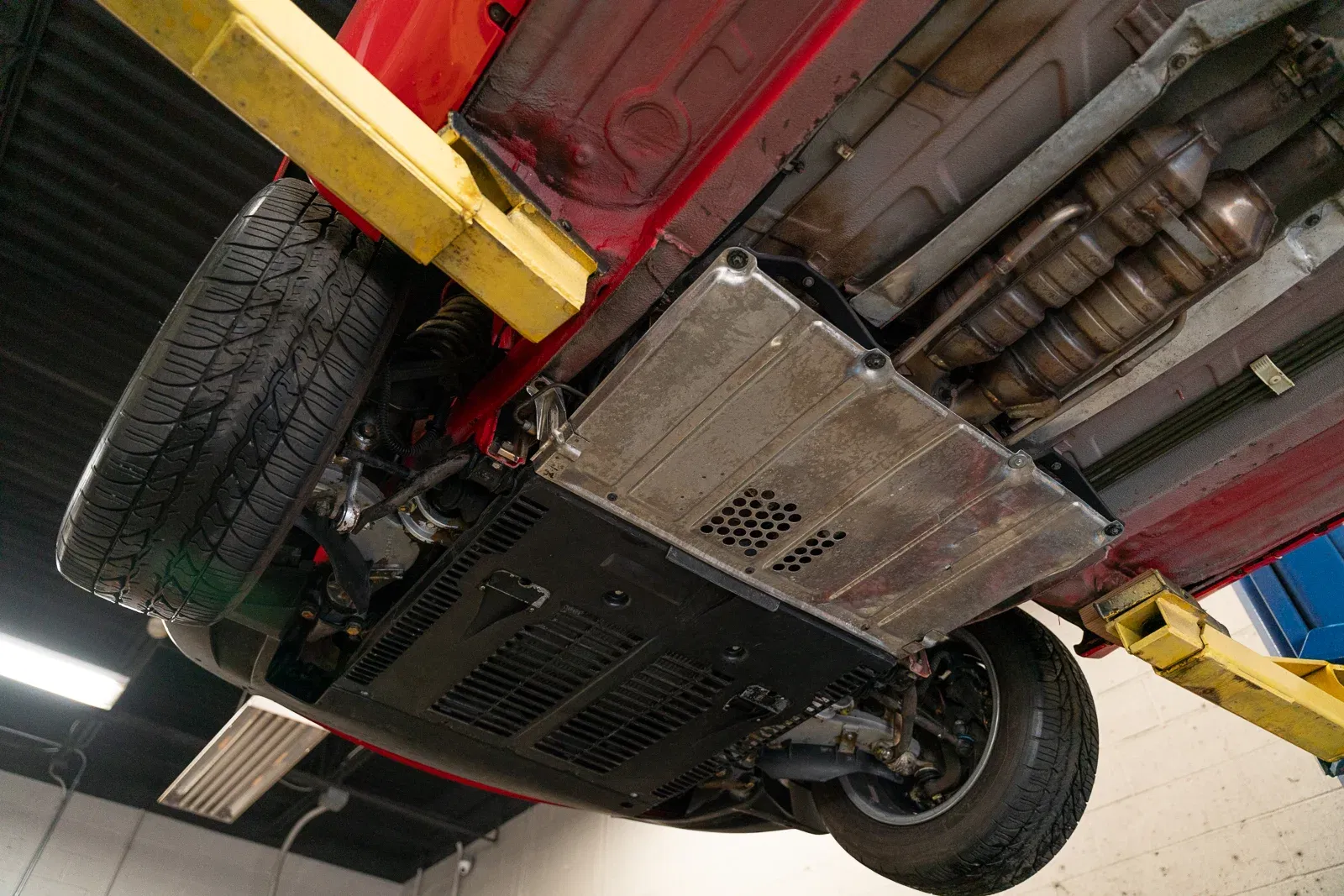
The chassis design with double-wishbone front suspension and Weissach rear suspension is also rock solid. Rattling noises, poor comfort or spongy road holding indicate worn bearings, dampers and rubbers. For shock absorbers and springs in particular, it is advisable to use modern components from well-known manufacturers instead of the original parts. A new suspension can raise the road holding, directional stability and driving dynamics of these vehicles to a new level. Another cause of spongy handling could also be a worn steering rack.
First of all, we must bear in mind that the Porsche 928 S4 was the brand’s top of the line model when it was launched in 1987. With a sticker price of DM 120,000, it cost a whopping DM 45,000 more than a 911 Carrera, making it just as expensive as the Porsche 930 Turbo 3.3. At the same time, it was the fastest Porsche production model. This context is important when it comes to recommending the Porsche 928 S4 for purchase. Because there were times when these cars were sold for less than 20,000 euros. Even today, the Porsche 928 S4 is still inexpensive compared to its successor GT/GTS models or the 911s of the time. Good cars can be found for well under 50,000, sometimes even under 40,000 euros!

For a long time, these relatively low prices meant that Porsche 928 S4s often fell into hands that could not afford (professional) maintenance. As a result, expensive repairs often lay dormant due to either improperly carried out work or simply a maintenance backlog. With good care, the Porsche 928 S4 is an extremely reliable companion. However, maintaining this car has not become any less expensive over the years.
For these reasons, the recent maintenance history in particular should be a top priority when making a purchase decision. And they of course affect the pricing. The timing belt change with tensioning pulleys and water pump alone, which is due every six years, costs around 1,500 euros. The following principle applies: the Porsche 928 S4 itself is rock solid. Almost all problems are due to improper or protracted maintenance.
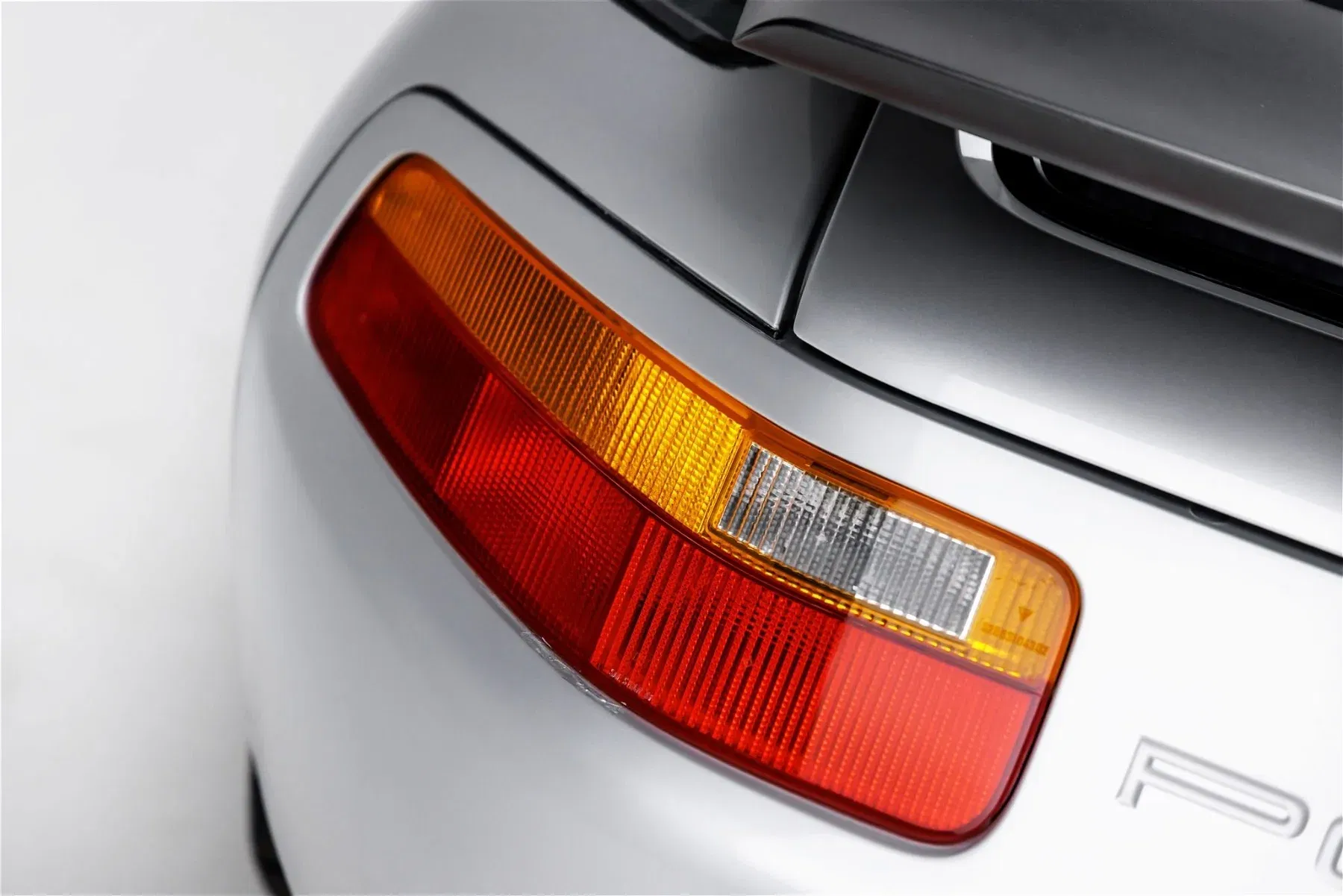
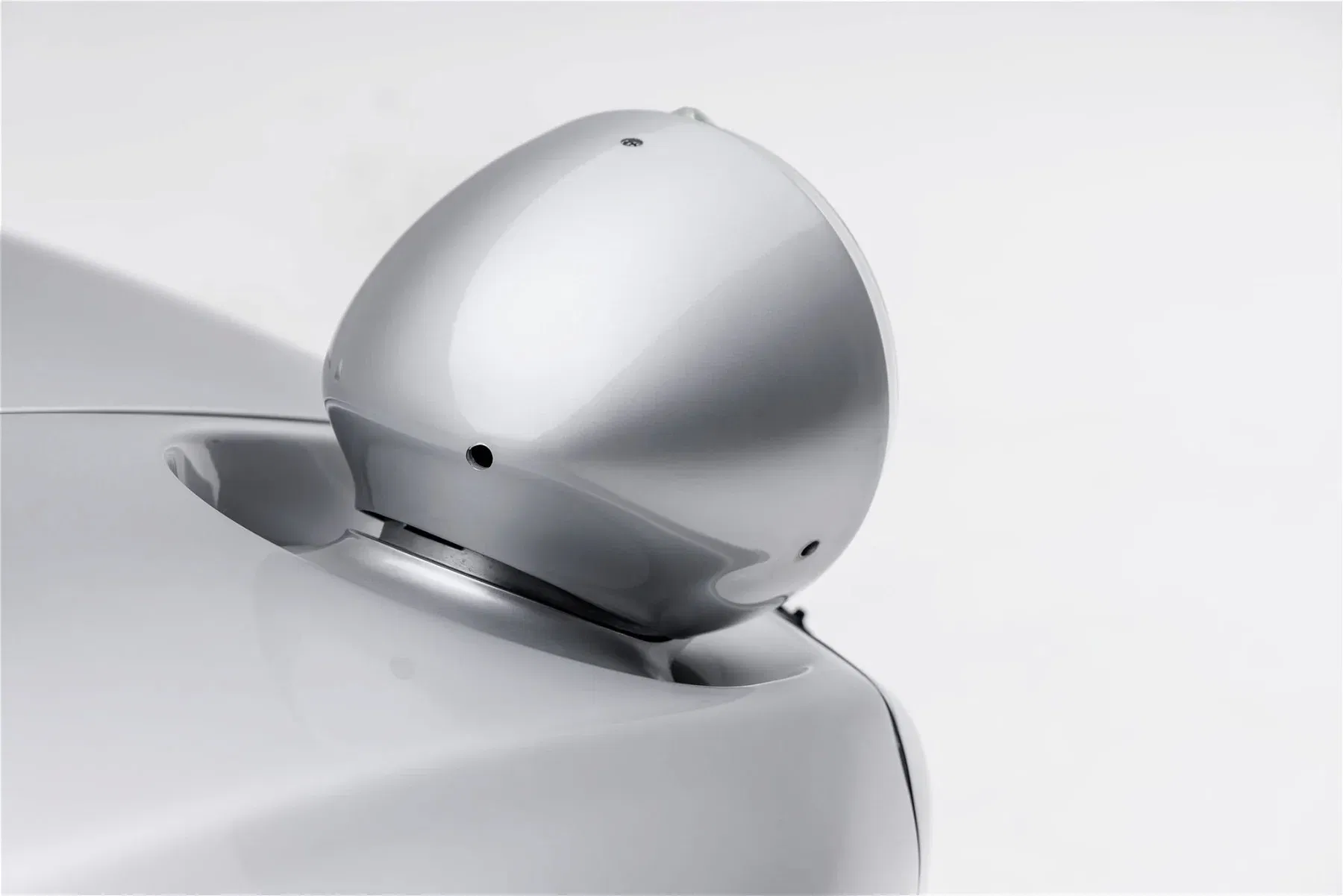
The Porsche 928 S4 is designed with high mileages in mind. Therefore, with appropriate maintenance, even very high mileages can have little effect on it. When deciding whether or not to buy a Porsche 928 S4, the mileage should therefore play a subordinate role. A Porsche 928 S4 with 100,000 miles on the clock, that has been kept in really good condition or has just been extensively overhauled is therefore always preferable to a model with a questionable history and half the mileage.
With the Porsche 928 S4, the model series underwent an extensive overhaul. Externally, the only difference between the various models itself was the different wheels. Only the absence of the digital information display in the dashboard is a sure indicator that this is a model from the first two model years (1987 & 1988). This gives the early Porsche 928 S4 even more retro-charm. If you want to change gears yourself, however, you have no other choice than opting for earlier models. This is because the manual gearbox was completely removed with the introduction of the new cockpit in 1989.
As a very well-balanced package within the model series, the Porsche 928 S4 is interesting to drive. Compared to the sportier 928 GT and the later GTS models, it is also attractively priced.
Richard Lindhorst, Elferspot
For ambitious drivers who are not happy without a third pedal, only the early model remains anyway. In combination with a new chassis, however, a manual 928 S4 still cuts an impressive figure, despite its high weight. This makes it an exciting compromise for classic car fans with a long journey to the next mountain pass.
© title image: European Collectibles
Elferspot magazine